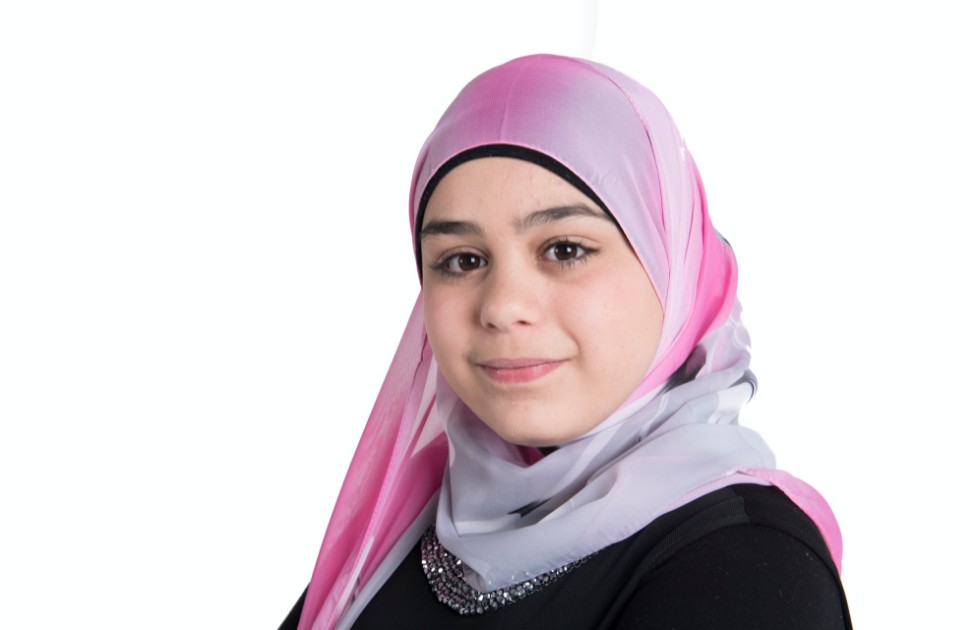
For best results make sure background graphics are enabled.
What is speech?
Speech is how we say sounds and words. To generate speech, air must flow from the lungs, up through the larynx to make the vocal folds vibrate and out of the mouth and/or nose while we rapidly move our mouth, lips and tongue to make different sounds. The brain sends messages to many speech muscles (e.g. vocal folds, tongue, lips, and velum). The coordination, strength and appropriate movement of these muscles are necessary for clear speech. Speech sounds are formed through the coordination of many muscles, which is planned by our brain. As children develop, they learn to make different sounds. Some sounds emerge earlier in development, while others take longer to master. Longer words and words containing two adjacent consonants (consonant clusters) can also be harder to produce. All sounds in English should be in place by age eight (reference).
What is a Speech Sound Difficulty?
Some children have difficulty producing certain speech sounds and/or putting sounds together to create words and sentences. A speech sound difficulty is present when errors persist longer than developmentally appropriate. Intelligibility (speech clarity) can also be used to determine the presence of difficulties. By age three, children should be understood approximately 75% of the time by unfamiliar interlocutors, whereas children aged four to five should be understood 100% of the time by unfamiliar interlocutors, even if some sound errors are still present (reference). Exposure to more than one language during development does not result in speech or language delays. Children who present with a speech sound disorder display sound errors in more than one language (for example, in both their native language and second language). If a child only presents with speech errors in their second language, they are not considered as having a speech sound disorder.
What can cause a speech sound difficulty?
- Hearing loss.
- Difficulty perceiving and differentiating sounds.
- Structural abnormalities (e.g., Cleft lip or palate, tongue tie, missing teeth, low muscle tone, etc.)
- Phonological planning or motor planning difficulties.
- A developmental disorder or generic syndrome
Hierarchy of speech sound development
- Proper oral motor and mouth function
- Sound in isolation
- Sound in syllables
- Sound in words
- Sound in phrases
- Sound in sentences
- Sound in conversation
Tips for parents, caregivers and teachers
Face time
-
Get face to face with your child so they can hear and see how you are making the sound.
-
Bring attention to how your jaw, lips, and tongue move when making certain sounds (i.e. "Look how my tongue goes up behind my teeth").
Important: They do not need to repeat after you.
Make it stand out
- Exaggerate and add extra emphasis to your articulation
- Identify the target sound in your own speech. You could say "The robot is red. Robot and red start with the sound. It's the 'r' sound.".
- Bring attention to sounds in everyday activities. For example, play I Spy in the car to look for things that start with "S".
Repeat, repeat, repeat
- Provide lots of opportunities for your child to hear the sound.
- Read books that are repetitive or loaded with your child's target sound.
Model
Avoid direct correction. Instead:
- Repeat your child's mispronounced word and provide an appropriate model. For example, if your child says "want tootie!", you can model "You want a cookie? I want a cookie too!"
- Speak clearly, slowly and naturally.
- Avoid asking your child to repeat after you.
Working on speech sounds
Working on speech sounds is no easy task, for the child, as well as for caregivers and teachers. Consistent practice and support are essential in order to make progress with speech sound development. There are many ways you can support the child with their sounds while they are on the waitlist for therapy.
| Consider the following strategies to support the child when working on speech sounds at home or at school |
|
Keep it fun!
Having a positive attitude towards communication is important. Keeping it fun helps keep children motivated!
Avoid pushing the child to frustration. Change takes time. They have to know that we value what they have to say despite their difficulties!




